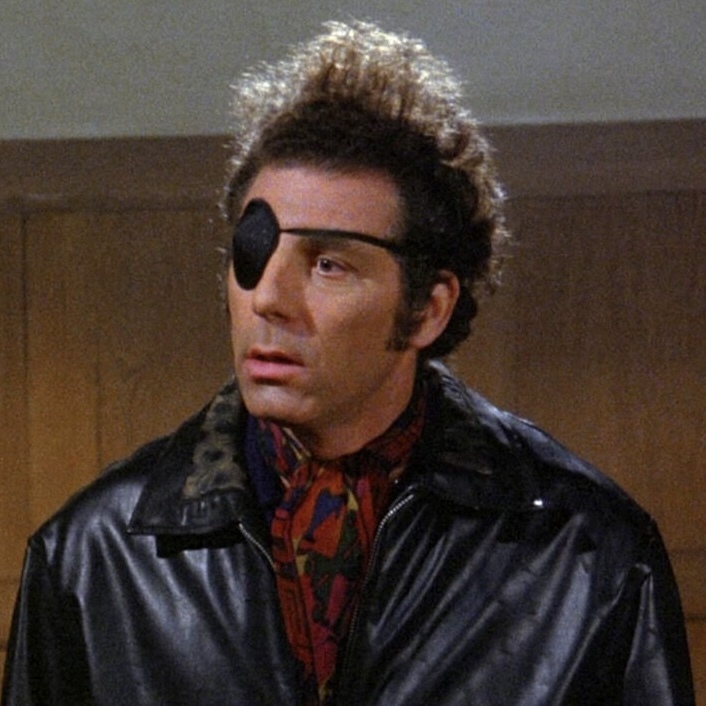Prenatal screening for neurological conditions has progressed in leaps and bounds over the past couple of decades. Technology including genetic analysis, neuroimaging, and high-resolution foetal magnetic resonance imaging (MRI) are allowing doctors to peer into the nervous systems of developing foetuses and already diagnose them – earlier and more frequently – with any life-altering conditions they’ll experience once born. But throughout this advancement, there hasn’t been much doctors could do about those diagnoses until the child emerged from the womb. And a significant portion of crucial brain development happens long before a child is born.
Now, a new wave of pioneering in-utero neuroscience therapies are helping to change that. Several seminal trials are underway to test both surgical and medical treatments allowing doctors to reverse conditions in babies before they are born. And the field is “right on the precipice” of a whole new dimension of therapies, says Jeffrey Russ, a pediatric neurologist at Duke University who recently wrote an academic essay describing in-utero treatment as the “next frontier” in neurology.
In other words, healthy designer babies for the rich, status quo for everyone else.
True.
At least in poverty stricken nations. Oh and the US. But most of the rest of the world is a little different.
Sure in the early days of developments wealth helps in all nations. But it just tends to be a matter of time before new medical tech makes it to all the population in most 1st world nations.
The US is really pretty unique being one of the wealthiest nations but not having universal health care.
GATTACA IRL 🧪
Gattica was more in vitro fertilization.
Science ftw
Hopefully this will reduce the number of abortions people have to keep from having disabled children.
🤖 I’m a bot that provides automatic summaries for articles:
Click here to see the summary
Known to science as myelomeningocele, spina bifida is when the spinal cord – which starts developing in children as a cannoli-shaped tube, folding onto itself to encapsulate the nervous system – doesn’t fully fuse close.
Spina bifida is customarily treated in the 24 to 48 hours immediately following childbirth: surgeons sew up the spinal cord and tuck it back into the baby’s body, preventing the condition from degenerating any further.
Technology including genetic analysis, neuroimaging, and high-resolution foetal magnetic resonance imaging (MRI) are allowing doctors to peer into the nervous systems of developing foetuses and already diagnose them – earlier and more frequently – with any life-altering conditions they’ll experience once born.
And the field is “right on the precipice” of a whole new dimension of therapies, says Jeffrey Russ, a pediatric neurologist at Duke University who recently wrote an academic essay describing in-utero treatment as the “next frontier” in neurology.
So, when doctors at The Ottawa Hospital in Ontario, Canada, ran tests on an unborn girl called Ayla Bashir in February 2021, revealing she had inherited the same genes that led two of her siblings, Zara and Sara, to be diagnosed with Pompe’s after birth – they knew they had to act quickly.
So while surgeries and chemical therapies like those developed by Farmer and Mackenzie are mostly short-lived procedures, once doctors edit the genetic code of an unborn baby these changes, and their effects, will be forever.
Saved 90% of original text.







